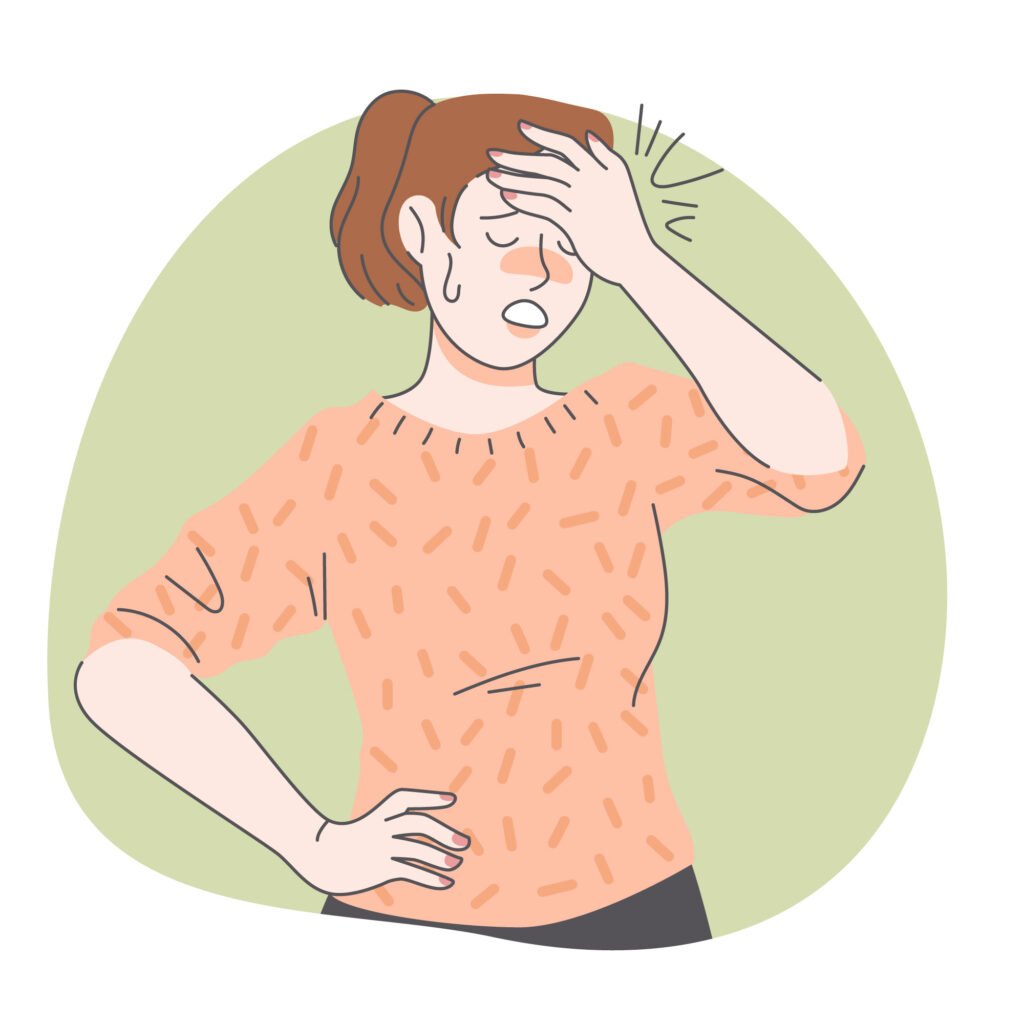9 Signs Of Iron Deficiency You Should Not Ignore
We need to recognize the signs of iron deficiency early to detect and treat it promptly. Iron deficiency is a common condition, and it significantly impacts health and productivity. In the long run, this condition can lead to dangerous complications, especially in pregnant women.
The best way to determine if you have an iron deficiency is to have a blood test to check your complete blood count. However, there are some warning signs of iron deficiency that your body might be warning, which you should pay attention to:
1. Nails
One of the lesser-known signs of iron deficiency is brittle or spoon-shaped nails. This condition is also known as koilonychia. The signs of iron deficiency in the nails often start with brittle nails that easily break and crack. In the later stages of iron deficiency, spoon-shaped nails may occur when the middle part of the nail and the edges are raised to create a spoon-like appearance.
This is a rare symptom of iron deficiency and is usually only seen in severe cases of iron deficiency anemia.

2. Pale Skin Due to Iron Deficiency
Hemoglobin in red blood cells gives the skin a healthy color. Pale skin is one of the common signs of iron deficiency. Hemoglobin in red blood cells gives blood its red color, so low iron levels in the body cause the skin to lose its natural rosy hue.
Pale skin can appear all over the body or in certain areas such as the face, gums, inside the lips, lower eyelids, and even the nails.
Sometimes, doctors will check for signs of iron deficiency on the skin to diagnose the condition. However, the best way to confirm it is through a blood test.
3. Iron Deficiency Causes Dry Skin and Hair
Dry, damaged skin or hair can be a sign of iron deficiency. This is because when your body lacks iron, it restricts oxygen delivery to the organs and tissues in the skin and hair. Skin and hair deprived of oxygen often become dry and weak. More severe cases of iron deficiency can lead to hair loss.

4. Iron Deficiency Causes Shortness of Breath
Hemoglobin helps red blood cells carry oxygen throughout the body. When hemoglobin levels drop due to iron deficiency, oxygen levels will also decrease. At this point, your body is forced to increase your breathing rate to get more oxygen. This is why iron deficiency causes shortness of breath.
If you experience shortness of breath during normal daily activities like walking, climbing stairs, or working, it could be a sign of iron deficiency.
5. Iron Deficiency Causes Headaches
Headaches are a less common symptom than others and often come with dizziness. When iron deficiency occurs, low hemoglobin levels in red blood cells mean they don’t supply enough oxygen to the brain. This can cause the blood vessels in the brain to swell, leading to pressure and headaches.
Although many factors can cause headaches, frequent recurrent headaches and dizziness can be signs of iron deficiency.

6. Palpitations Can Be a Sign of Iron Deficiency
Rapid heartbeat is a less common sign of iron deficiency. When anemia due to iron deficiency occurs, low hemoglobin levels cause the heart to work harder to supply enough oxygen to the body’s organs. This leads to irregular heartbeat or the feeling that your heart is beating unusually fast. In more severe cases, it can lead to an enlarged heart, heart murmurs, or heart failure.
7. Signs of Iron Deficiency in the Mouth
Sometimes just looking inside or around your mouth can tell if you have iron deficiency anemia. Signs of iron deficiency in the mouth include swollen, inflamed, pale, or smooth tongue. Low hemoglobin levels due to iron deficiency can reduce myoglobin, a protein in red blood cells that supports muscle function, such as the tongue, causing pain and swelling in the tongue or around the mouth.
Iron deficiency can also cause dry mouth, cracked corners of the mouth, or mouth ulcers.
8. Iron Deficiency Causes Restless Legs
There is a condition related to iron deficiency called restless legs syndrome. This syndrome becomes more severe when the body is at rest at night, causing the legs to itch, feel uncomfortable, and make it difficult to sleep. Studies have found that up to 25% of people with this syndrome have iron deficiency, and the condition worsens when iron deficiency is severe.

9. Iron Deficiency Causes Fatigue
Feeling tired is one of the most common symptoms of iron deficiency, occurring in more than half of people with iron deficiency. Besides the body not having enough hemoglobin to deliver oxygen to tissues and muscles, your heart has to work harder to pump oxygen throughout your body, which can make you dizzy and tired. Since fatigue is often considered a normal part of modern life, it’s hard to diagnose iron deficiency based solely on this symptom.
Other signs of iron deficiency anemia can include cold hands and feet, frequent infections, anxiety, and cravings for strange foods like ice, chalk, or paper.
If you experience any of the above signs of iron deficiency, do not self-diagnose; instead, see a doctor for an examination. Most forms of iron deficiency are easily treated; you can increase your intake of iron-rich foods in your diet or take iron supplements as prescribed by a doctor. If your blood iron levels are normal, your doctor will help you diagnose any underlying causes of this condition for timely treatment. Leave a comment if you have any questions!”

